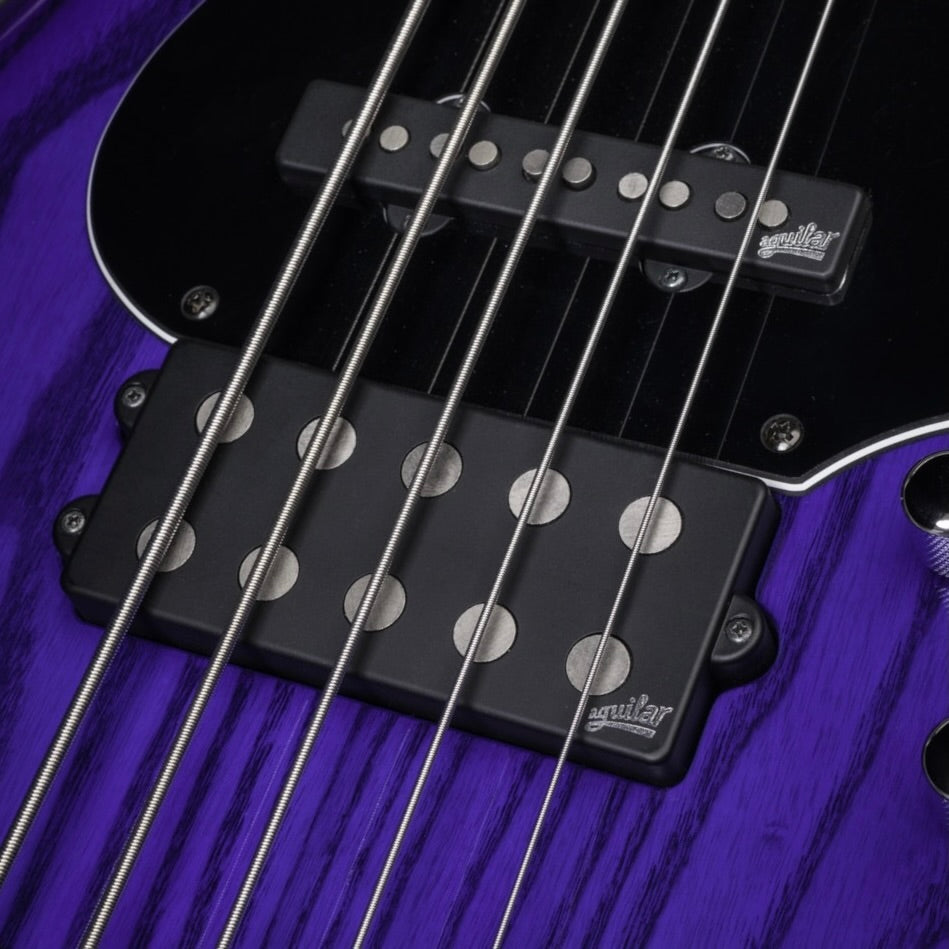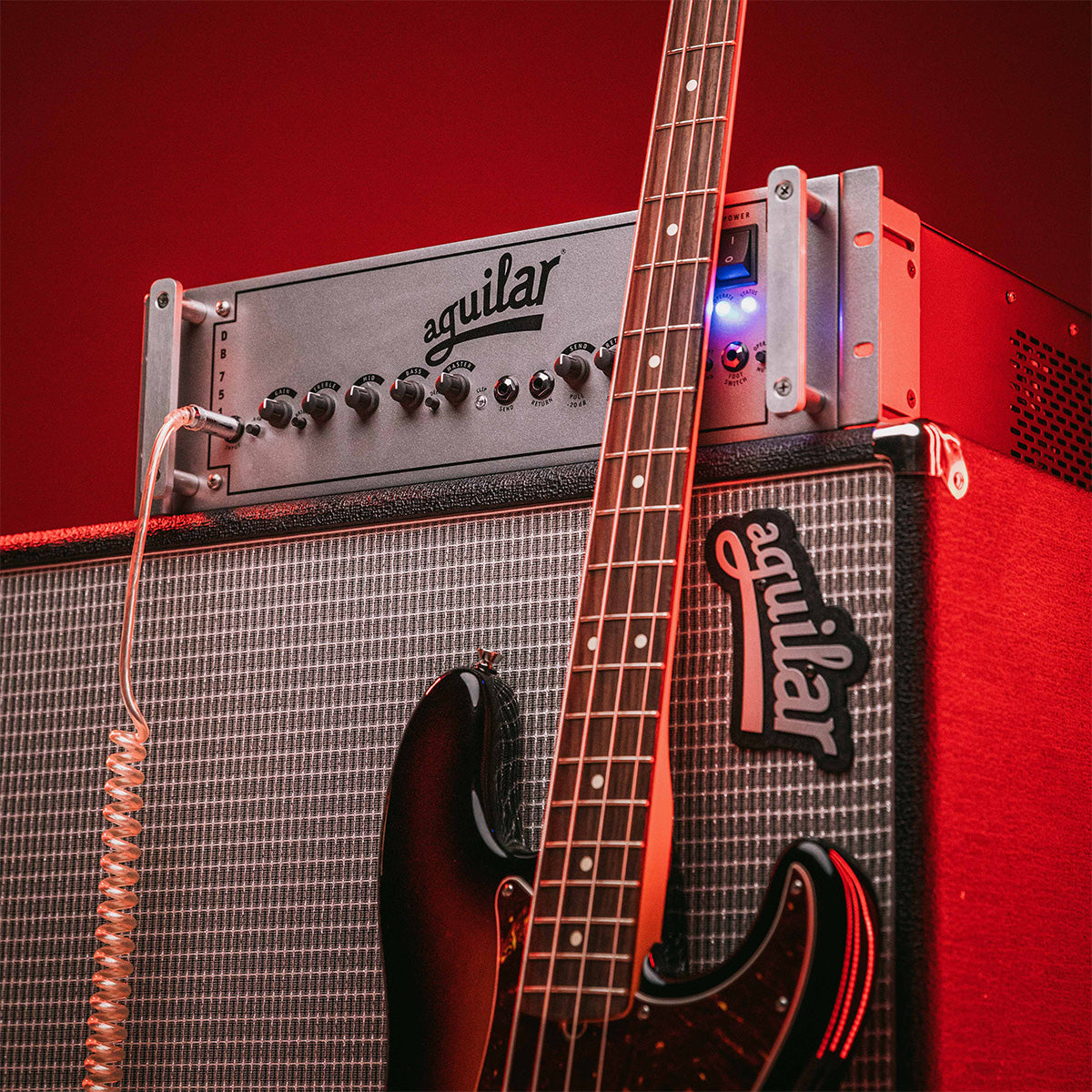
Way back in 1984 I worked at a music store in Chico, CA, and I would observe an interesting occurrence that seemed to happen from time to time. A bassist would come into our store and try out a bass. He or she would instantly fall in love with the instrument and buy it right then and there. After a few days, they would come back to the store looking to return the bass.
So, what happened?
Well, part of my job was to find out why the customer fell out of love with the bass so quickly and see if it was something I could help remedy. Usually, the buyers would say something to the effect of “At first I loved the feel of the neck but once I got it home the tone didn’t...” or “I love the tone of the bass, but it felt different to play than my other basses. I thought I could get used to it, but...”
In most cases, the customer was comparing the bass they bought with other basses they own or have owned. And that is not necessarily a bad thing! We all have things we love about basses we have owned, and it is natural to look for that in other basses we buy. As a matter of fact, when I first started playing I wanted all my basses to play and sound alike so if I changed basses in the middle of a performance the transition was quick and easy. And while I still think it is a good idea to have “doppelganger basses” while touring, to only own basses that play and sound the same can truly limit your creativity, and possibly your joy.
What finally broke me out of the need to only own basses that sounded and played alike was watching my dad work in his woodshop. While my dad was not a musician, he was a master woodworker. One day I was catching up with him in his wood shop while I was home for the holidays, and I watched him build a small display case. As we talked, he would go periodically to a drawer or cabinet and retrieve a tool and then return to his project. I commented to him, “You sure have a lot of tools, Pop”, to which he replied, “Yes I do, but they all do something different, and they allow me to make almost anything.”
And that was it.
That was the moment my paradigm shifted.
In an instant I realized that all the basses I owned at the time were “related”, if you will, and the music I could create and record, while sounding good and professional, was severely limited.
This was further reinforced when I started doing sessions in Los Angeles. As I was getting settled into the studio playroom and looking over my charts, I would watch drummers come in with a plethora of cymbals, snare drums and sticks. Likewise, guitarists would come in pushing a huge rolling Anvil case that was loaded with a wide variety of electric and acoustic guitars.
And there I was...with my two “twins”.
That was when I started building my own tool bag that featured instruments which each had unique identities and could paint with different colors. After some time (and a bit of credit card debt), I was the one coming into the studio with multiple basses that, when called upon, could add something different to a song.
Am I basically saying, “the bass player with the most toys wins”? Not at all. I am merely saying that you should explore buying basses that bring something new to the party. If you are considering a bass that you find in a music store, take your time and play it through a few different amps, if possible. Instead of automatically adjusting the tone controls to make it sound like a bass you already own, set the controls to the neutral position and get to know its natural voice. If the neck has a different profile or the fretboard has a different number of frets than what you are used to, do not immediately cast it aside. Play some of your favorite bass lines on it and see if you can adapt to the new neck. (Note, however, that if you start to feel any pain or tightness in your hands you should probably not buy that instrument. And you may want to ask your instructor or doctor about your technique to see if you are doing anything that could harm you in the long run.)
If you are designing a custom bass for a luthier to build for you, ask questions. Not just of the luthier who will be doing the work but ask players you respect what tone woods, electronics and features they like. Thinking about using walnut for your custom bass’ body? Talk to someone who owns one, and if possible, play it. When I have designed a custom bass, I always start with the same question, “What tone or ability is missing from my current lineup of basses?” Did I need a 5-string fretless with a vintage sound for a recent session? Then that would be a good place to start.
Lastly, if you are a player who owns just one bass and you have never felt the need to get any more, that is awesome. I know quite a few bass players who I admire that only own one bass, and they have rich and rewarding careers in music. This article was directed more at the player who owns several basses that all do the same thing. There might be an opportunity to explore new sounds and experiences, increasing your love of our incredible instrument.
Story by Dale Titus
_______________
Dale has been a professional bassist for 40 years and during that time was an instructor/counselor at the Bass Institute of Technology, a freelance writer for Bass Player magazine as well as the Editor of Bass Frontiers magazine. He also released The Ultimate Beginner Series for Bass videos and book for Alfred Publishing, as well as the Everything Bass YouTube channel.

